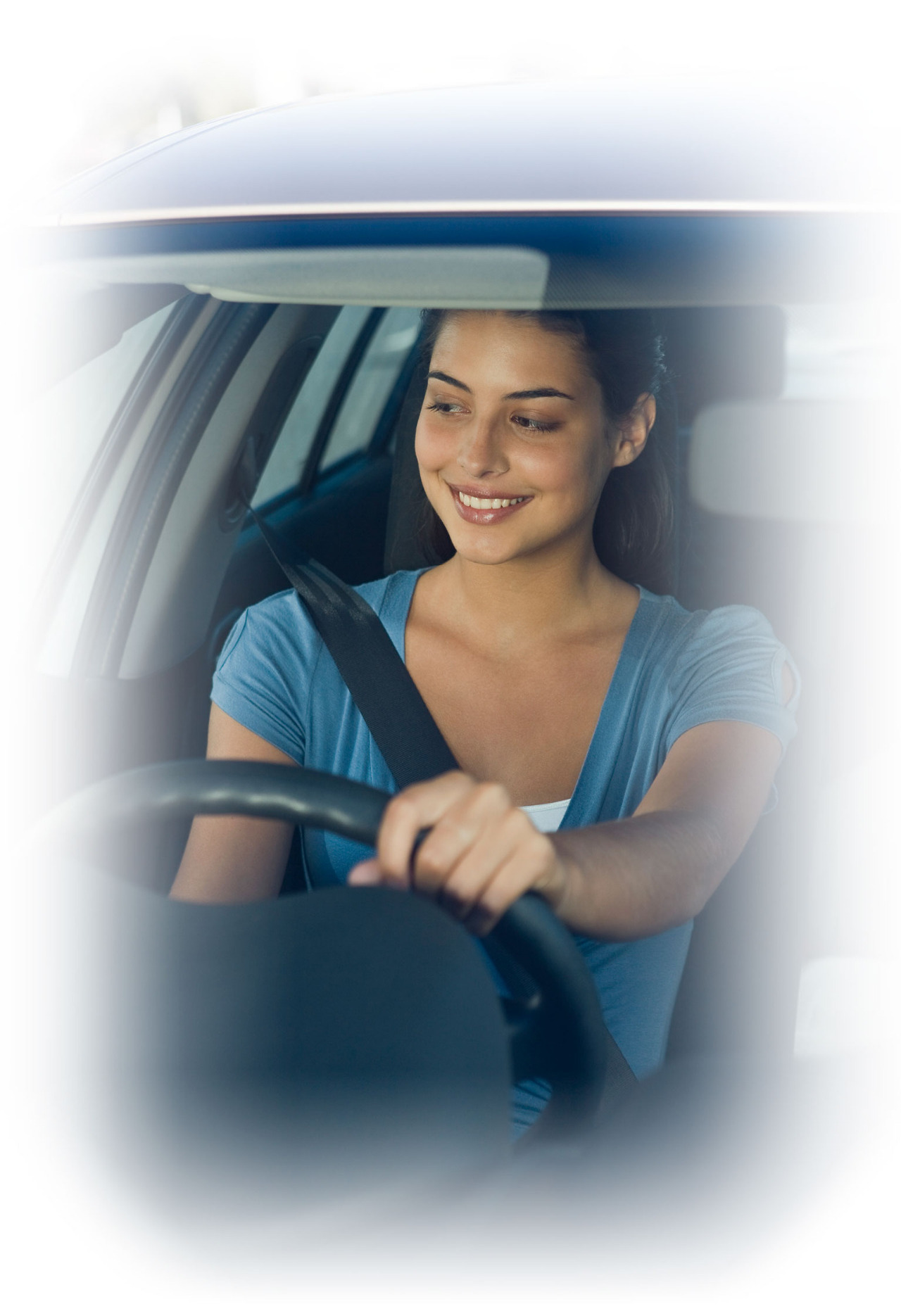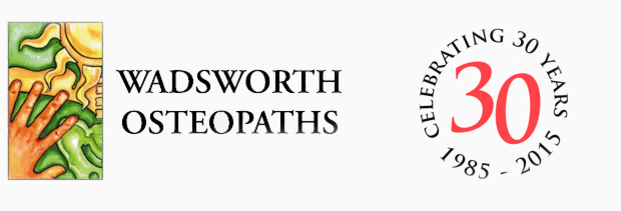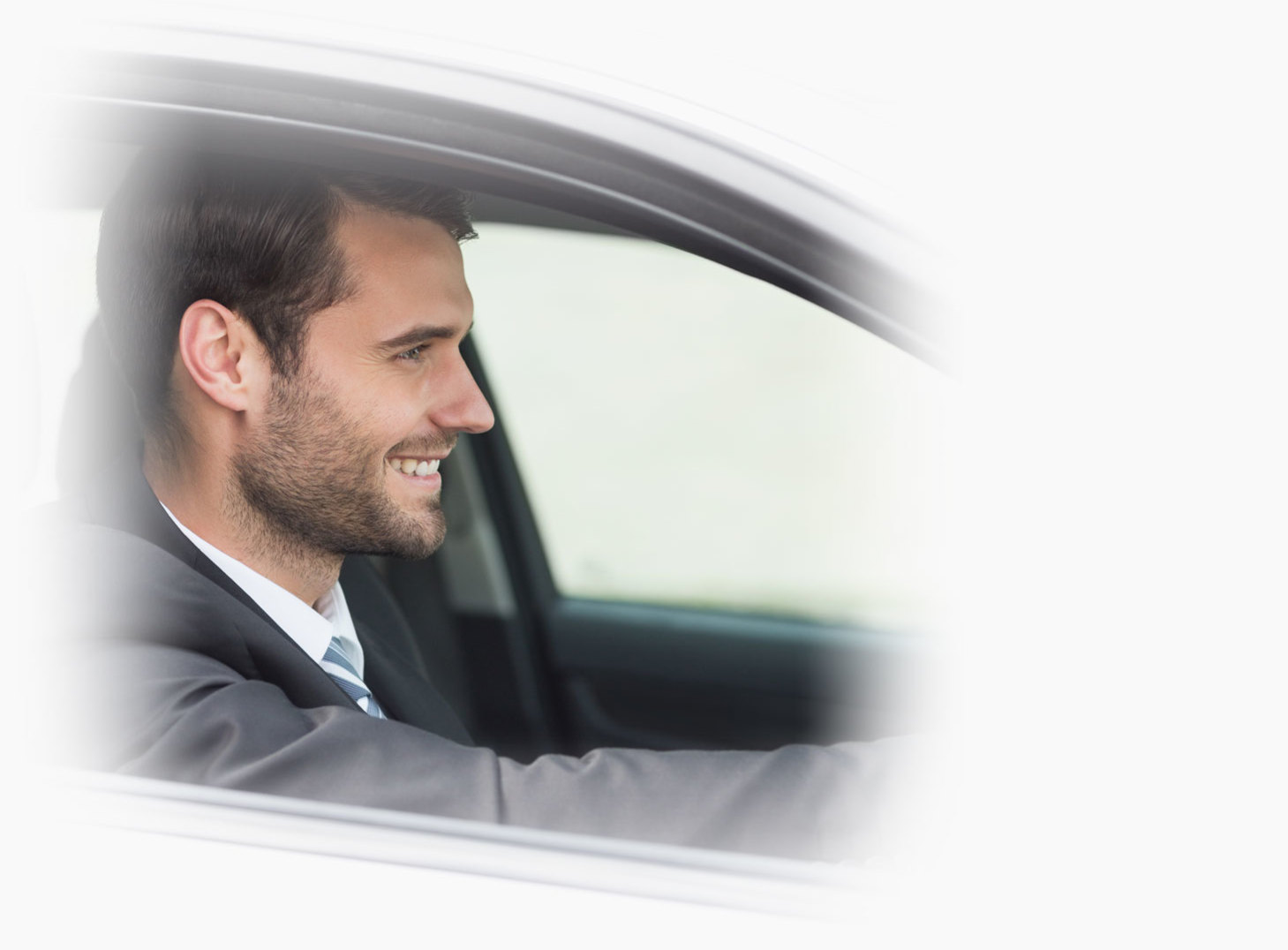Osteopathy and Driving
Whether you drive a car, a bus or a lorry, or even if you are only a passenger, you could be suffering from driving related back pain.
Osteopathy can help to reduce pain in all of these cases. Your practitioner can offer advice on back pain management and give you simple exercises which can help prevent problems in the future.
Is the car the right fit for you?
Sometimes, the design of the car itself can lead to back problems. If you have to drive particularly long distances, check out the cabin and layout of the controls with the four tests set out below.
If the car can pass these four simple tests then there is a good chance that it is suitable for the particular driver. By using these tests a prospective buyer can make an informed choice of car and hopefully avoid ‘driver’s back pain’.
The four tests
The Praying Test: The driver places both hands together, pointing forwards. If the steering wheel is not offset then the driver should be pointing straight at the centre of the wheel. The danger of having an offset wheel is that most drivers tend to rotate the middle of the spine to compensate for its position, producing long term back strain.
The Fist Test: With the seat in the normal driving position make a fist with the left hand keeping the thumb to the side of the index finger. It should be possible to insert the fist on the crown of the head.
If it is only just possible to insert the flat of the hand between the roof and the head there is insufficient headroom. The danger of having too little headroom is that the driver may compensate for the lack of height by slouching in the seat which puts a strain on the spine and thighs.
The Look Down Test: With both hands placed firmly on the steering wheel look down at the legs. It should be possible to see equal amounts of both legs between the arms. Frequently the left leg will be visible but the right leg will be obscured by the right arm which may indicate that the shoulder girdle is rotated to the left in relation to the pelvis.
The Right Leg Test: This test should be performed after driving the car for a short while. Once again, look down and examine the position of the right leg. Is it elevated above the level of the left or has it fallen outwards towards the edge of the seat? Is the right foot roughly in line with the thigh as it should be, or has it had to come across to the centre of the car?

When driving:
Car seats can be adjusted to suit your posture but make sure that you always:
Keep your seat reasonably upright, leaning backwards only at a slight angle.
Keep the headrest adjusted so that the centre of the headrest is level with your eyes. Don’t set the headrest too low as this can allow more serious injury in an accident.
When getting in, sit first then swing your legs into the car. When you get out, move the seat back before swinging your legs out.
Do you ‘ride the clutch’, resting your foot in the air? No wonder your ankles or calf muscles hurt!
To relax, raise your shoulders to your ears breathing in, then lower them as you breathe out. - You may want to do that at every traffic light or major junction.
Avoid reaching behind to get bags from the rear seat. Don’t be lazy! Get out and open the door.
Be careful when loading and unloading. Lift correctly.
Avoid lifting unnecessary weights. Get help to change a tyre.
Sit with arms gently bent at the elbow to the wheel and don’t lean forward out of the seat.
Wear a seat belt and make sure it is properly adjusted. Make sure children also have appropriate seat belts and car seats.
Driving and your body
Driving can give you:
Neck pain
Headaches
Eyestrain
Shoulder Pain
Wrist Pain
Elbow Pain
Back Pain
Bottom Ache
Hip Pain
Knee Pain
Foot and Ankle Pain



